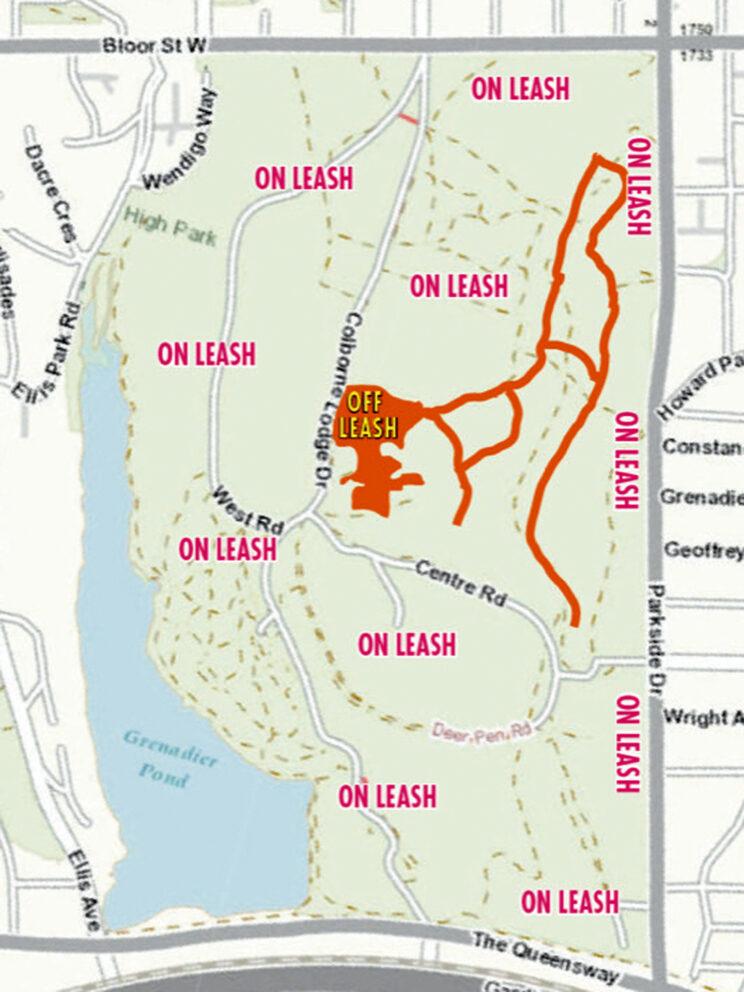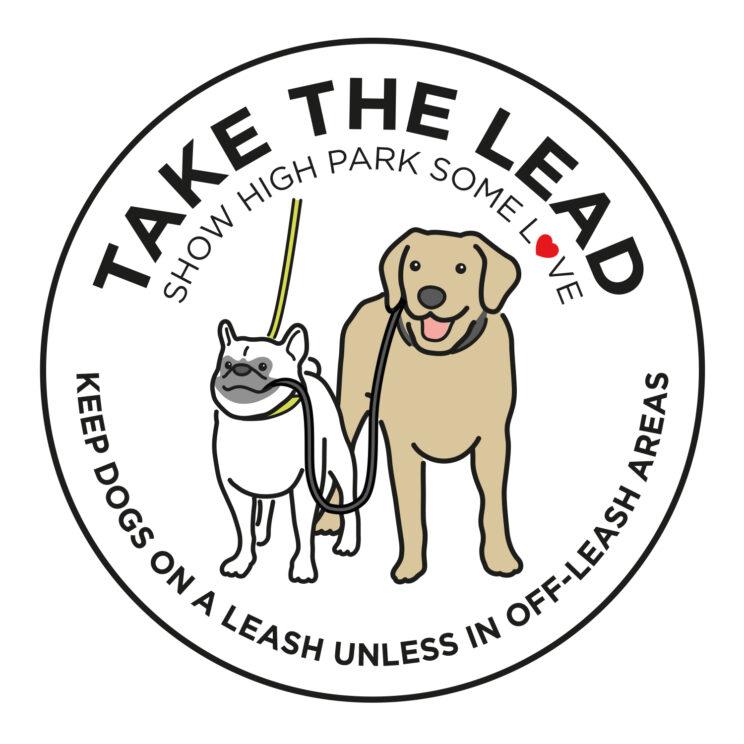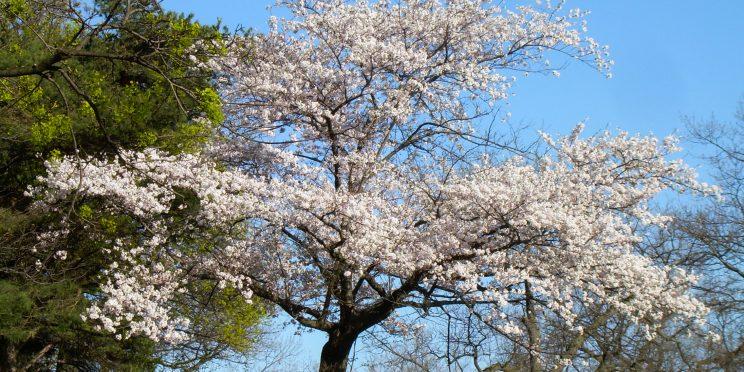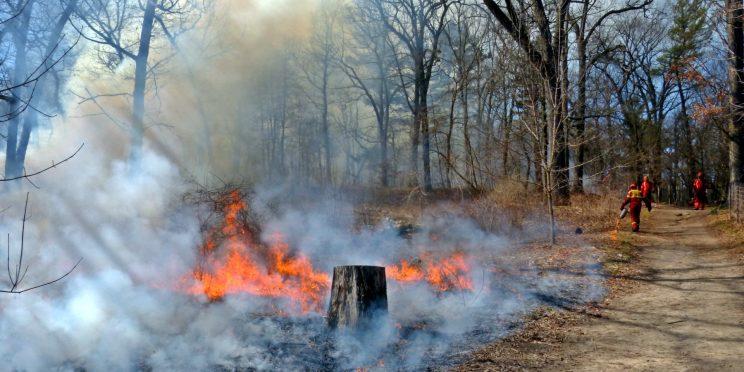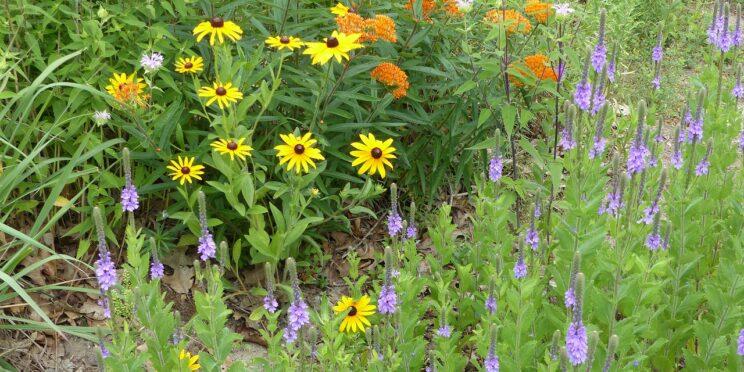High Park is a popular destination for dog-walking. Dogs must be on-leash (except in the designated off-leash area) and under control at all times. Please check the map below to make sure you are familiar with the boundaries of the off-leash area.
A large portion of High Park is designated as a protected natural area. The park is home to many kinds of wildlife that depend on a safe and healthy habitat. Never let your dog chase or harass wildlife.
High Park's Off-Leash Area
The High Park off-leash area is 8.5 acres of open area (Dog Hill) and designated trails. It is clearly marked with signs and fencing and is intended for all park users, not just dog owners. Unlike other off-leash areas, the High Park off-leash area has both natural and paved trails under the canopy of mature trees. Its large size and proximity to natural areas makes High Park's off-leash area very special – but its natural setting also means added responsibility when walking your dog.
Some simple steps to protect the natural environment while walking your dog
- Know which areas are off-leash or on-leash. Maps posted on sign boards clearly show the area and trails designated as off-leash. All other areas and trails are on-leash.
- Keep your dog in the off-leash area and don’t let it wander. The off-leash area allows us to confine and control the impact of dogs on High Park, permitting dogs and dog-owners to enjoy the park experience.
- Keep your dog on trail and under your control in all areas of the park. High Park is home to many kinds of wildlife that need a peaceful and healthy natural habitat.
- Respect other park users. Not everyone is comfortable around dogs. You may know that your dog is harmless, but others may find it threatening or disturbing. Keep it close to you and under your control at all times.
- Be the eyes and ears for the park. Dog-owners are in the park more frequently and at all hours of the day. Please report any suspicious activity including people abusing the park and its natural environment. Contact 311 for park abuses, 911 for emergencies.
We need a safe place to live and grow.
- Protect the understory. Off-leash dogs outside the designated areas trample the ground layer plants, leaving the ground bare and open for invasive plants such as dog-strangling vine and garlic mustard.
- Avoid posted treatment areas. Invasive species are difficult to control and often require pesticide treatment. The City of Toronto takes great care to limit pesticide use and only treats areas that are designated on-leash. Letting your dog run free in these areas may unnecessarily expose them to hazardous pesticides.
- Avoid poison ivy. Many of the natural areas of the park, including several surrounding the off-leash area contain poison ivy. Animals can easily transmit the oil from the plant to people.
- Minimize contact with wildlife. Dogs chasing animals, even the ubiquitous squirrels, increase the animals stress, making them more susceptible to infections and viruses. Diseased and dead animals pose health hazard to dogs and people – report them to 311.
- Keep away from ducks and other birds. Birds and waterfowl are a particular target of dogs. Constant harassment interferes with feeding and nesting.
- Keep your dog out of the water. Dogs entering ponds and creeks disturb the delicate shoreline edge vegetation and aquatic wildlife. For dogs, the hazardous waste runoff and bacteria in the water can lead to infections, stomach and bowel problems.


